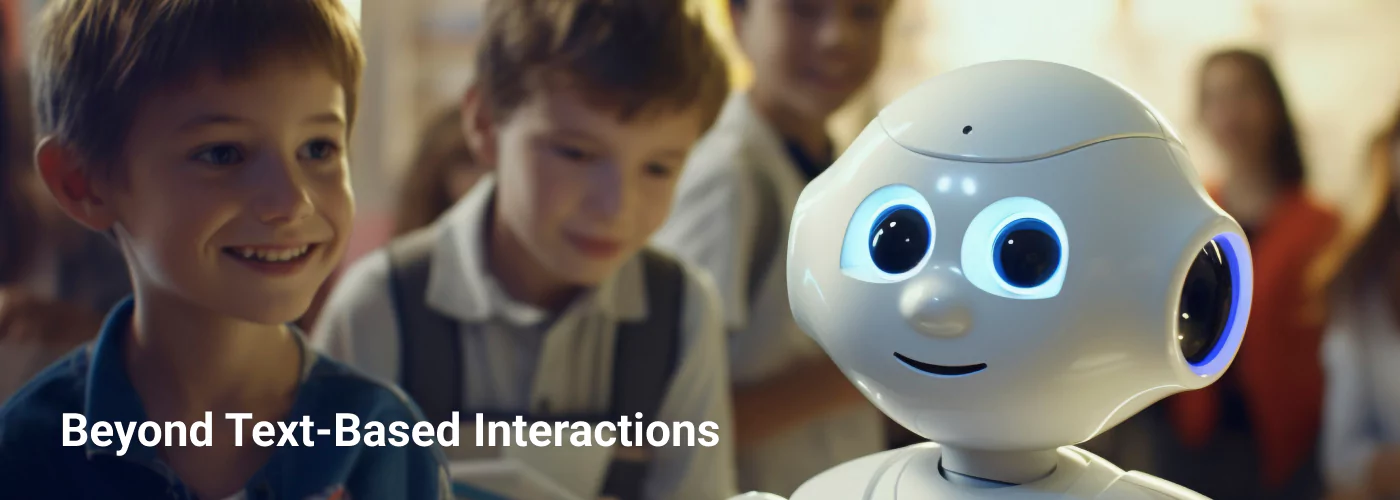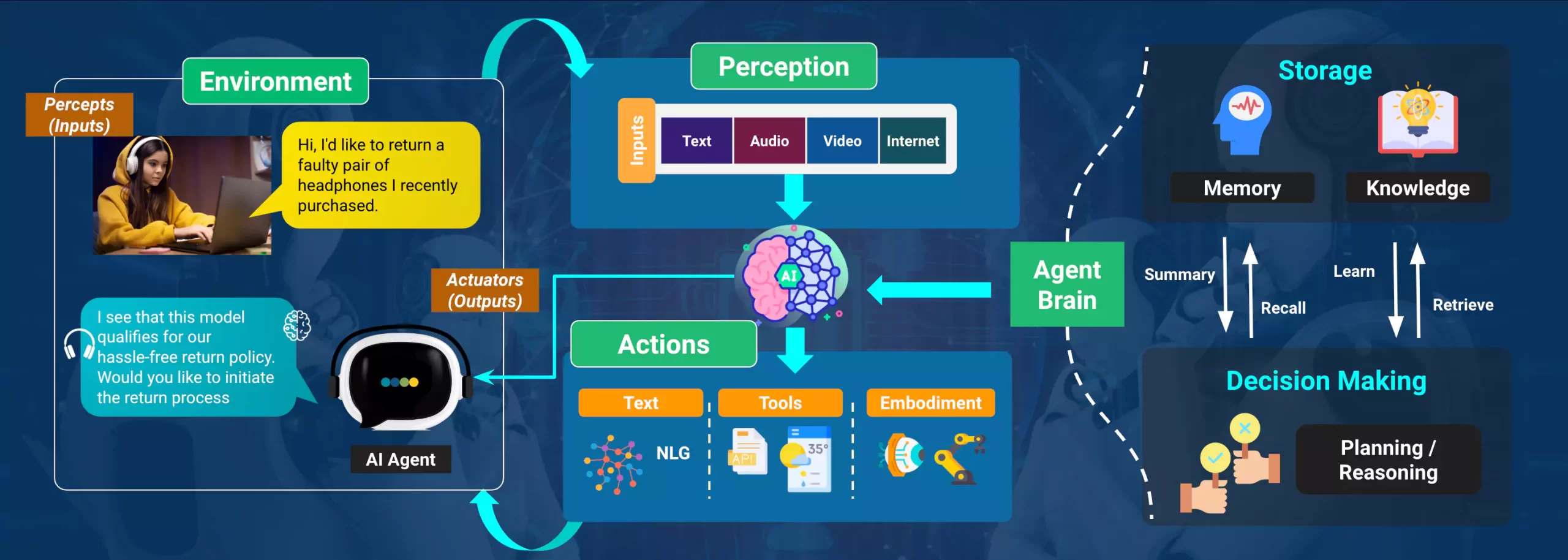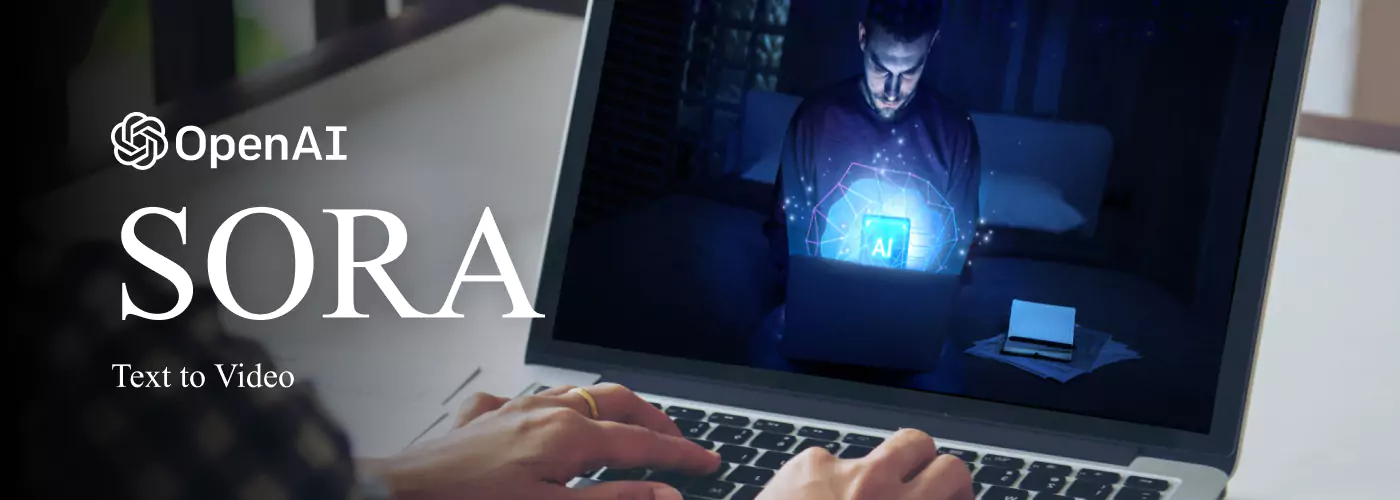Why conversational bot solutions are the future of marketing?
The beginning of 2020 saw a rise in awareness of AI and AI adoption among companies. Thanks to the pandemic, some companies were forced to adopt AI at some level. Finding a solution to automate business processes and jumping into the bandwagon of automation was a goal of significant businesses. The path of AI awareness and adoption came a long way post last year, and it is not an alien concept anymore but more a practical necessity.
Do we understand AI yet?
Artificial Intelligence is not just about intents and responses. It is much more; Artificial Intelligence today is about empathy and delivering conversations in the most human-like manner. Businesses adopt Artificial Intelligence not just for generating an automated solution but also to communicate with their customers, employees, and stakeholders closely. Adopting AI to business creates a system that automates data collection, processing, providing information, and further qualifying business leads. A versatile accessory that allows two-way communication is just one benefit. Consumers and businesses alike embrace automation for its pleasant user-friendly, and fast interactions.
What is conversational AI?
Conversational AI is a customer-centric dialogue driven approach to marketing, to drive customer engagement, improve user experiences, reduce costs and accelerate growth.
A conversational chat interface powered by artificial intelligence (AI) program can simulate a conversation (text or speech) with a user in natural language through messaging applications, websites, mobile applications, phones, and more. Conversational AI is all about interacting with customers on the channels that they prefer, determining these channels Conversational AI requires science and art to create a bot that interacts with humans successfully. A personality that is derived from the chatbot decides how the chatbot will present itself to the customers based on the tone of voice of the chatbot.
How to deploy and adapt Conversational AI ?
Conversational AI can be adopted in multiple levels of complexity meaning a marketing bot can either be simple for answering FAQ’S and can also be used for dynamic marketing functions like product promotions, product management and parallel sales functions. The difference between a basic bot and Conversational AI bot is the structure of its complexity. In a simple FAQ bot, the intent and answer are set, and the user usually receives an answer that is pre-set, in a more complex structure the chatbot is able to understand the customers journey and comprehend human emotions as well. All this is possible with Natural Language Processing NLP. NLP and Machine Learning allows a bot to grow and improve performances over time.
Virtual customer assistants are one such chatbot structure that uses a complex dialogue management to understand customer intents. Virtual customer assistants chatbots have a complex dialogue flow and are cater to specific customer intents. In complex structure a chatbot is able to carry forward an intent from one conversation to another.
Conversational AI in Marketing
Marketing is one such area where AI adoption is accelerating sales. Processes like accessing clicks on a certain product, providing recommendations to boost sales can be done using chatbots. Here’s ways AI can help in accelerating digital marketing efforts.
- Personalized Marketing Experiences
Conversational AI helps in understanding customers preferences and can closely monitor a customer’s bot journey to recommend products that are personalized. Personalized product recommendations allow to have strengthen customer relationships. Continuously interacting and gathering information from users will allow bot to recommend products based on user’s interests.
By offering personalized experiences and a way to engage more customers one is able to optimize user’s experiences and in turn help generating quality leads. This in turn helps in generating a better sales experience for the company, not just funnelling leads but also quantifying them and making a sale.
- Improved channel outreach
In addition to providing a personalized experience a chatbot can also connect across channels, for example monitoring what users are searching for and plug in recommendations in their social media platforms and ensure higher website visit which in turn improves customer outreach.
How to choose the right Conversational AI strategy for optimal results?
Achieving a conversational marketing strategy should be based on a company’s goals. One can start by choosing the right channels to reach to the consumers, determining where the user is at. It also depends on how the bot is going to function if it’s going to be a simple FAQ bot or is going to be a bot for more complex use like assistance in recommendations and even payment.
Determining where you want to talk to your customers, and pull them into a conversation with a chatbot you must place the chatbot in a way where interaction and interest of buying will be higher.
Another important aspect to consider while designing a Conversational AI marketing strategy is to create bots that are empathetic and most human-like. Predefining what your customers should be asked and extracting valuable information and feedback is key to bot improvement. Keeping conversations simple and quick will ensure you provide an enhanced customer experience.
How Talkk can help in designing a Conversational AI strategy to accelerate marketing efforts?
If you read this far you are probably interested in how you can get started with reaping the benefits of Conversational AI in marketing. With Talkk you can level-up your marketing efforts without putting in much effort. Optimizing lead generation through Conversational AI and building customer relation and trust through those efforts are key. Talkk also offers ready to use chatbot templates aimed to target specific marketing funnel like promotion, recommendations and even customer onboarding. Creating a chatbot for marketing is quite simple with these templates and if that doesn’t do the job, you can reach out to our team and we can custom make a strategy for you. Our team will handheld and guide you to create a structure that is complex and catered specifically to meet your businesses marketing goals.









